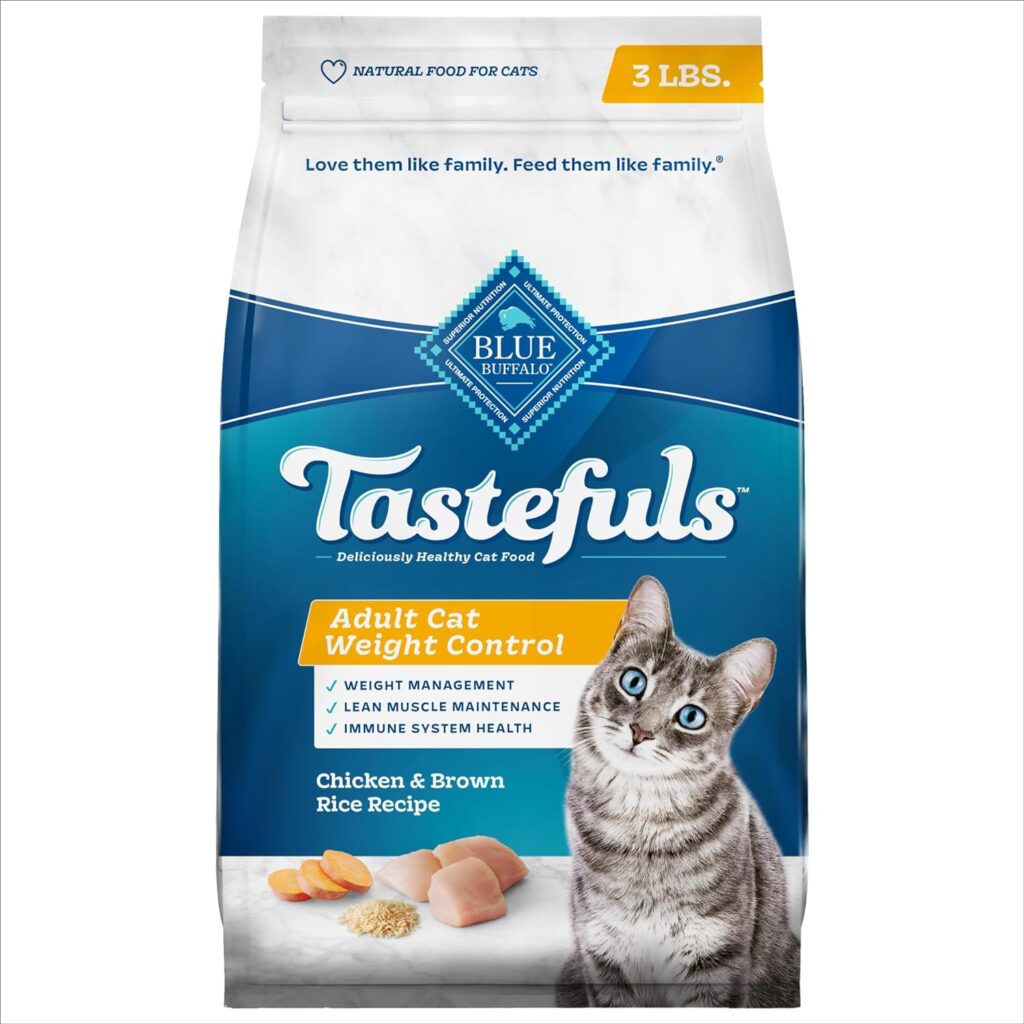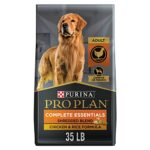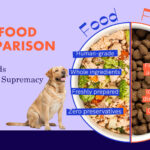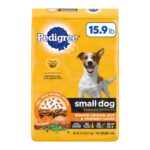Importance of Fiber in a Cat’s Diet,Fiber is crucial for a cat’s digestive health and helps prevent obesity and diabetes. It aids in hairball control and maintains regular bowel movements.
Cats are obligate carnivores, yet a balanced diet for our feline friends isn’t solely about protein. Fiber plays an essential role in their nutrition by supporting digestive health and helping to keep them at an ideal weight. It’s a non-digestible carbohydrate that assists in moving food through the digestive system, reducing the risk of constipation and diarrhea.
A diet with the right amount of fiber can also minimize the occurrence of hairballs, a common issue in cats. By promoting a feeling of fullness, fiber helps prevent overeating, which is vital for indoor cats that may have lower activity levels. Selecting high-quality cat food that includes a balanced amount of fiber is key to supporting your cat’s overall health and well-being.

Credit: todaysveterinarypractice.com
Feline Nutrition Basics
Understanding what cats need in their diet is crucial for their health and wellbeing. Cats are obligate carnivores, meaning their bodies are designed to digest and use only animal-based proteins. A balanced diet for a cat must include the right mix of proteins, fats, vitamins, and minerals. Yet, one often-overlooked component is fiber. While not a nutrient cats require for energy, fiber plays a significant role in overall feline health.
Key Nutrients For Cats
- Protein: Builds muscle and repairs tissue.
- Fats: Provides energy and supports cell function.
- Vitamins: Essential for immune health and metabolism.
- Minerals: Important for bone health and fluid balance.
Role Of Fiber In Feline Health
Fiber, found in ingredients like pumpkin or certain grains, benefits cats in several ways. Fiber aids digestion and helps prevent issues such as constipation and diarrhea. It also supports weight management by helping cats feel full longer. Moreover, fiber can help regulate blood sugar levels, which is especially important for cats with diabetes.
| Fiber Type | Benefits |
|---|---|
| Soluble Fiber | Controls glucose, manages diarrhea |
| Insoluble Fiber | Promotes regular bowel movements, aids in weight control |
Including the right amount of fiber in a cat’s diet is a delicate balance. Too little can lead to digestive troubles, while too much may cause nutrient absorption issues. Always consult a veterinarian to tailor your cat’s diet to their specific needs.
Types Of Dietary Fiber
Understanding fiber types is crucial for feline health. Fiber plays a significant role in digestion and overall well-being. Let’s explore the two main types of fiber: soluble and insoluble.
Soluble Vs. Insoluble Fiber
Dietary fiber falls into two categories: soluble and insoluble. Both are important for cats.
- Soluble fiber dissolves in water. It helps control blood sugar and reduces cholesterol.
- Insoluble fiber does not dissolve in water. It aids in digestion and prevents constipation.
Cats need a balance of both for a healthy digestive system.
Natural Sources Of Fiber For Cats
Cats can get fiber from various natural sources. These include:
| Source | Type of Fiber | Benefits |
|---|---|---|
| Pumpkin | Both Soluble and Insoluble | Regulates digestion |
| Apple (without seeds) | Insoluble | Supports bowel regularity |
| Carrots | Insoluble | Promotes dental health |
| Peas | Soluble | Helps control blood sugar |
Include these foods in moderation to enhance your cat’s fiber intake.
Benefits Of Fiber For Cats
Fiber plays a crucial role in a cat’s diet, much like it does in human nutrition. It offers a variety of health benefits that contribute to the overall well-being of our feline friends. Understanding these benefits can help cat owners make informed decisions about their pets’ dietary needs.
Digestive Health Improvement
A high-fiber diet helps keep a cat’s digestive system running smoothly. Fiber aids in the absorption of water in the digestive tract, which promotes a healthy stool consistency. This is key in preventing both diarrhea and constipation.
- Prevents constipation by increasing stool bulk
- Reduces risk of diarrhea with better water absorption
- Supports colon health by maintaining an optimal pH
Hairball Control Mechanisms
Cats groom themselves regularly, which leads to the ingestion of hair. Fiber in their diet can help move these hairballs through the digestive tract. This reduces the chances of hairball complications such as intestinal blockages.
| Hairball Issue | How Fiber Helps |
|---|---|
| Formation of Hairballs | Increases movement of hair through the gut |
| Vomiting | Decreases by aiding hair passage |
| Intestinal Blockages | Prevents by improving gut motility |
Weight Management And Fiber
Managing a cat’s weight is crucial for its health. Fiber plays a big role in this management. Let’s explore how fiber can help keep your cat at a healthy weight.
Fiber’s Impact On Obesity
Fiber helps prevent obesity in cats by making them feel full. This feeling of fullness occurs because fiber adds bulk to the diet without adding extra calories. This means your cat eats less but still feels satisfied. Studies show that a high-fiber diet can help reduce body weight in cats that are overweight.
Appetite Control Through Fiber
Fiber slows down the eating process, helping cats feel full faster. This natural appetite control is vital in preventing overeating. A diet rich in fiber also helps in stabilizing blood sugar levels, which keeps hunger pangs at bay.
- Fiber-rich foods include pumpkin, peas, and carrots.
- These can be added to your cat’s regular food.
By incorporating more fiber into your cat’s diet, you support better weight management and overall health. This simple change can make a big difference.
Fiber’s Role In Disease Prevention
Fiber is a vital part of a cat’s diet, often overlooked. It plays a crucial role in maintaining overall health and preventing diseases. Let’s delve into how fiber can protect your feline friend from specific health issues.
Reducing Risks Of Diabetes
Fiber helps manage blood sugar levels, crucial for cats at risk of diabetes. A high-fiber diet slows glucose absorption. This prevents sudden spikes in blood sugar. It supports a healthy weight, further lowering diabetes risk.
Lowering Incidences Of Colon Disorders
Fiber aids in healthy digestion. It reduces constipation and diarrhea by absorbing water and adding bulk to stools. This ensures smooth colon function and decreases the chances of colon disorders. A well-functioning digestive system is essential for your cat’s health.
Analyzing Commercial Cat Foods
Understanding the role of fiber in a cat’s diet is crucial when selecting the right commercial cat food. An adequate fiber intake can support a cat’s digestion and overall health. This section delves into the fiber content in various cat foods and offers tips for label reading to make informed choices for your feline friend.
Fiber Content Variations
Different brands and types of cat food offer varying levels of fiber. Wet foods typically contain less fiber compared to dry foods. Prescription diets may have increased fiber to address specific health concerns. It’s essential to align the fiber content with your cat’s individual needs.
Label Reading Tips
Reading labels can be overwhelming, but a few tips can simplify the process:
- Look for Specific Fiber Sources: Ingredients such as beet pulp, cellulose, or inulin indicate added fiber.
- Check the Guaranteed Analysis: This section shows minimum fiber percentages.
- Review Ingredients Order: Ingredients listed first are in higher quantities.
- Seek Quality: Whole ingredients over by-products mean better fiber sources.
Homemade Diets And Fiber
Many cat owners choose homemade diets to ensure fresh, quality food for their pets. Understanding the role of fiber in these diets is crucial for your cat’s health.
Incorporating Fiber In Home-cooked Meals
Adding fiber to homemade cat food helps with digestion and weight management. Here are some easy ways to include fiber:
- Mix vegetables like pumpkin or carrots into your cat’s meal.
- Use small amounts of bran or oats as fiber sources.
- Ensure all ingredients are cat-safe and properly cooked.
Start slowly with fiber additions to avoid digestive upset.
Balancing Nutrients In Homemade Cat Food
It’s essential to balance nutrients in your cat’s diet to avoid health issues. Here’s how to keep meals nutritious:
- Consult a vet to tailor the diet to your cat’s needs.
- Balance the fiber with adequate protein and fats.
- Use a recipe formulated for cats to ensure balance.
Regular check-ups can help monitor your cat’s health and adjust the diet as needed.
| Ingredient | Fiber Content | Benefits |
|---|---|---|
| Pumpkin | High | Improves digestion |
| Carrots | Medium | Supports eye health |
| Oats | Low | Provides soluble fiber |
Each ingredient offers unique benefits, making them great additions to your cat’s meal.
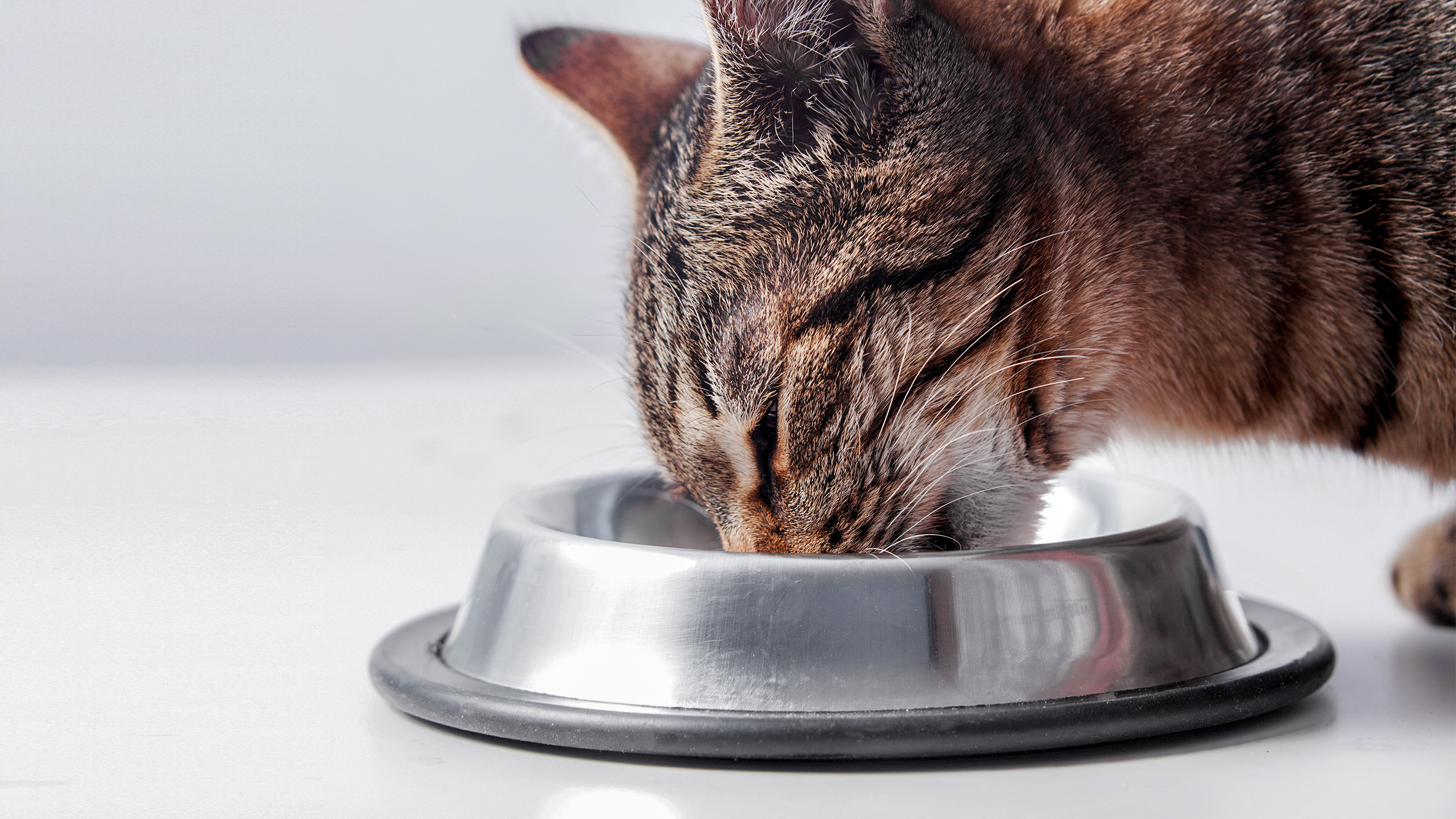
Credit: www.royalcanin.com
Understanding Fiber Tolerance In Cats
Cats need a balanced diet to stay healthy. Fiber plays a key role in this balance. It aids digestion and helps maintain a healthy weight. Understanding how much fiber your cat can tolerate is crucial. Too much or too little may cause health issues.
Signs Of Fiber Intolerance
Cats show certain signs when they can’t tolerate fiber well. Look for changes in bowel movements. These can be loose stools or constipation. Your cat may also show discomfort after eating, like excessive grooming or restlessness.
Adjusting Fiber Intake
If you notice signs of fiber intolerance, adjust their diet. Start by speaking with a vet. They can recommend high-quality food options tailored to your cat’s fiber needs. Gradually introduce new food to avoid upsetting their stomach.
Balance is key in a cat’s diet. Paying attention to fiber intake ensures your cat stays happy and healthy.
Supplementing Fiber In A Cat’s Diet
Fiber plays a vital role in a cat’s health. It helps with digestion and can prevent issues like constipation. Not all cat diets provide enough fiber. So, cat owners might need to add fiber supplements to their pet’s meals. This section guides you through the selection of fiber supplements and safe practices.
Choosing The Right Fiber Supplements
Finding the best fiber supplement for your cat is crucial. Cats need a balance of soluble and insoluble fiber. Soluble fiber dissolves in water. It helps control glucose and reduces cholesterol. Insoluble fiber does not dissolve. It aids in digestion and bowel movements.
- Pumpkin: A natural source with both types of fiber.
- Wheat bran: Rich in insoluble fiber, boosts bowel health.
- Psyllium husk: High in soluble fiber, helps with soft stools.
Always look for high-quality supplements made for cats. Avoid those with artificial additives or flavors.
Safe Supplementation Practices
Adding fiber to a cat’s diet must be done carefully. Too much fiber can cause problems like diarrhea or nutrient absorption issues.
- Consult a vet: Before starting any supplement, get a vet’s advice.
- Start slow: Gradually increase fiber to avoid digestive upset.
- Water intake: Ensure your cat drinks plenty of water. Fiber needs water to work properly.
- Monitor: Watch your cat’s health. Look for changes in stool or eating habits.
Proper dosage is key. Follow the instructions on the supplement package. Or, use the amount your vet recommends.
The Link Between Fiber And Hydration
Understanding the link between fiber and hydration is crucial for your cat’s health. Fiber plays a vital role in many functions of your cat’s body, including its hydration levels. Let’s dive into the specifics and see how fiber can affect your cat’s water consumption and overall hydration.
Fiber’s Effect On Water Consumption
Fiber holds water, helping to keep moisture within the digestive system. This retention of water aids in softer stools, which can prevent constipation in cats. A diet rich in fiber can encourage your cat to drink more water, ensuring they stay well-hydrated.
- Fiber absorbs water in the gut, increasing the need for hydration.
- Cats with higher fiber intake might have a higher thirst drive.
- Regular bowel movements are supported by proper hydration.
Maintaining Hydration With High-fiber Diets
High-fiber diets can be a game-changer for hydration. The fiber in these diets helps to regulate the movement of fluids in your cat’s body, ensuring that they stay hydrated and healthy.
| Fiber Source | Benefits |
|---|---|
| Pumpkin | High in soluble fiber, aids in hydration |
| Apple | Provides both soluble and insoluble fiber |
| Beet Pulp | Good source of fermentable fiber for gut health |
Ensure your cat’s diet includes a balanced amount of fiber to promote a healthy and hydrated life. The right fiber sources can make a significant difference in your pet’s well-being.
Adverse Effects Of Excessive Fiber
While fiber is a crucial part of a cat’s diet, too much can lead to problems. Cats are carnivores. Their bodies are not designed to handle high amounts of fiber. Knowing the effects of too much fiber helps prevent health issues.
Recognizing Fiber Overload
Signs of too much fiber in a cat’s diet are not always obvious. Look for changes in your cat’s routine. These changes may include constipation or diarrhea. Your cat may also show less interest in food. Weight loss can also be a sign.
- Constipation: Hard stools, straining in the litter box.
- Diarrhea: Loose stools, more frequent litter box trips.
- Weight Changes: Sudden loss or gain.
Mitigating Negative Health Outcomes
To fix the effects of fiber overload, adjust your cat’s diet. Consult with a vet first. They can recommend a balanced diet plan. Gradually reduce fiber-rich food. Add more protein sources.
- Consult a veterinarian for a diet plan.
- Reduce high-fiber foods slowly.
- Increase protein-rich foods in meals.
Monitor your cat’s health as you make changes. Keep an eye on their weight and bathroom habits. A healthy diet means a happy cat.
Fiber Needs For Different Life Stages
Understanding the fiber needs for different life stages of your feline friend is crucial. Cats have various nutritional requirements as they grow. Let’s dive into how fiber plays a pivotal role through each life stage.
Kittens Vs. Adult Cats
Kittens have delicate digestive systems. A moderate amount of fiber helps them. It supports healthy growth and digestion. Adult cats require a well-balanced diet. It includes fiber for digestive health and hairball control.
- Kittens:
- Need easily digestible diets
- Benefit from soluble fiber
- Require nutrients for rapid growth
- Adult Cats:
- Need a balance of soluble and insoluble fiber
- Maintain gut health with fiber
- Prevent obesity with dietary fiber
Senior Cats’ Fiber Requirements
Senior cats have slower metabolisms. Their diets need careful management. Fiber helps them feel full. It also aids in managing chronic conditions like diabetes.
| Life Stage | Fiber Type | Benefits |
|---|---|---|
| Senior Cats | High-quality fiber sources | Promotes satietySupports stable blood sugarEnhances digestive function |
Special Dietary Considerations
Special Dietary Considerations are vital when it comes to the health of our feline friends. Not all cats are the same, and some may need a tailored diet. Fiber plays a key role in their digestion and overall well-being. For cats with health issues or allergies, the type of fiber and amount in their diet can make a world of difference. Let’s explore what special dietary needs some cats might have.
Cats With Specific Health Issues
Cats with certain conditions require specific dietary adjustments. For instance, cats with diabetes benefit from a high-fiber diet. Fiber helps control blood sugar levels. Cats with obesity may need a fiber-rich diet to feel full and eat less. Cats with digestive problems may need soluble fiber to ease bowel movements. It’s essential to consult with a vet to tailor the diet to your cat’s health needs.
Allergies And Fiber Sensitivities
Just like humans, cats can have allergies or sensitivities to certain types of fiber. Symptoms can include itching, digestive distress, or poor coat quality. An elimination diet can help identify the culprit. Some cats might need a grain-free diet, while others might thrive on a novel protein source paired with specific fiber types. Always monitor your cat’s response to dietary changes and seek veterinary advice when needed.
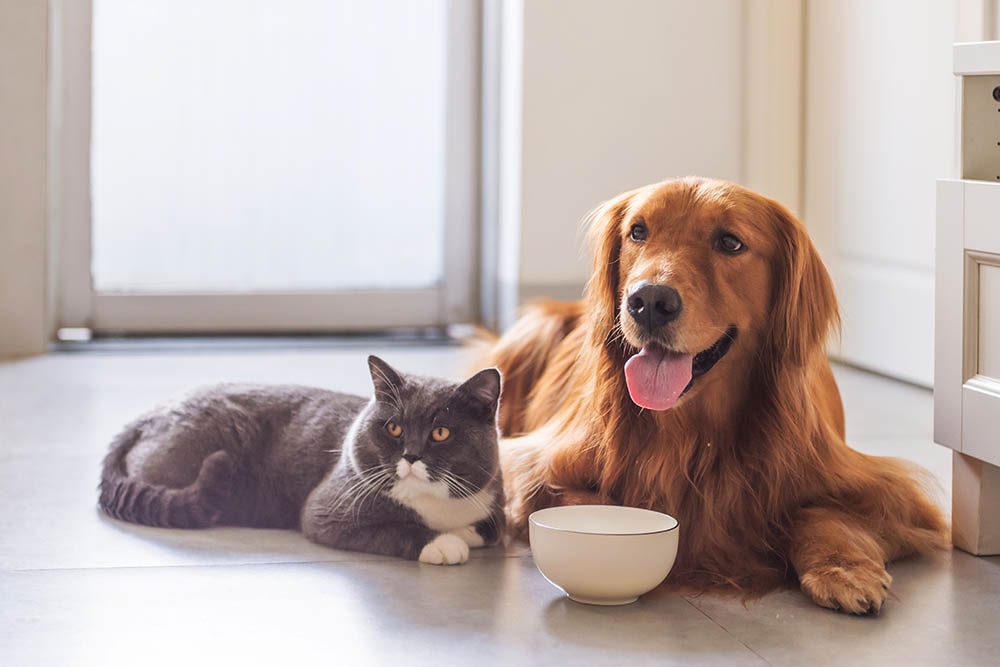
Credit: www.nomnomnow.com
Transitioning To High-fiber Diets
Introducing high-fiber diets to your cat can be beneficial. It helps with digestion and weight management. But it’s important to make the switch slowly and carefully.
Gradual Diet Changes
To start, mix a small amount of the new, high-fiber food with your cat’s current food. Gradually increase the fiber-rich food amount over several weeks. This method helps your cat’s digestive system adjust without discomfort.
- Week 1: Mix 25% new food with 75% current food.
- Week 2: Make it 50% new food and 50% current food.
- Week 3: Increase to 75% new food and reduce to 25% current food.
- Week 4: Switch completely to the new high-fiber food.
Monitoring Cat’s Response To New Diet
Keep a close eye on how your cat reacts to the new diet. Look for signs of good health or any distress.
| Sign | What It Means |
|---|---|
| More energy | This is good. It means your cat feels great! |
| Upset stomach | This might happen at first. If it lasts, visit the vet. |
Record any changes in your cat’s weight, fur, and overall activity level. Adjust the diet if needed, based on these observations.
Consulting With A Veterinarian
When it comes to your cat’s well-being, fiber plays a vital role in their diet. But knowing the right amount and type of fiber can be tricky. This is where consulting with a veterinarian becomes essential. They provide professional guidance tailored to your feline’s unique dietary needs.
Professional Dietary Advice
A veterinarian can offer expert insights into the benefits of fiber for cats. They assess your pet’s health, lifestyle, and nutritional requirements. Cats need a balanced diet, and vets help pinpoint the right fiber sources. They may suggest special foods or supplements.
Regular Health Check-ups And Diet Adjustments
Cats need regular health check-ups. These visits allow for diet adjustments based on their changing health needs. Your vet can modify the fiber content to support digestion and overall health. This proactive approach keeps your cat healthy and happy.
Frequently Asked Questions
How Important Is Fiber For Cats?
Fiber is crucial for a cat’s digestive health, aiding in bowel regularity and preventing hairball formation. It also helps overweight cats feel full, supporting weight management.
What Is The Best Fiber For Cats?
The best fiber for cats is typically found in canned pumpkin or beet pulp. These sources aid in digestion and help prevent hairballs. Always consult your vet before changing your cat’s diet.
How To Introduce Fibre Into A Cat’s Diet?
Start by mixing small amounts of high-fiber cat food with the current diet. Gradually increase fiber-rich treats, like steamed pumpkin or carrots. Always ensure fresh water is available. Consult your vet for personalized advice.
How Much Fiber Can You Give A Cat?
Cats typically require about 2-4 grams of fiber per day, but always consult your vet for personalized advice.
Why Is Fiber Essential For Cats?
Dietary fiber aids in maintaining a cat’s healthy digestion and can help prevent obesity and hairballs.
Conclusion
Ensuring your cat consumes enough fiber is crucial for its overall health. A fiber-rich diet aids in digestion, prevents obesity, and helps manage hairballs. Remember, the right balance is key, so consult your vet about your cat’s specific needs. Prioritizing fiber can lead to a happier, healthier feline.

